Chocolate, chocolate, a taste so divine,
Bringing joy with sweetness align
Eating chocolate can be a delightful experience that offers more than just a sweet treat. It often brings a sense of comfort and evokes feelings of nostalgia, transporting us back to simpler times or cherished memories.
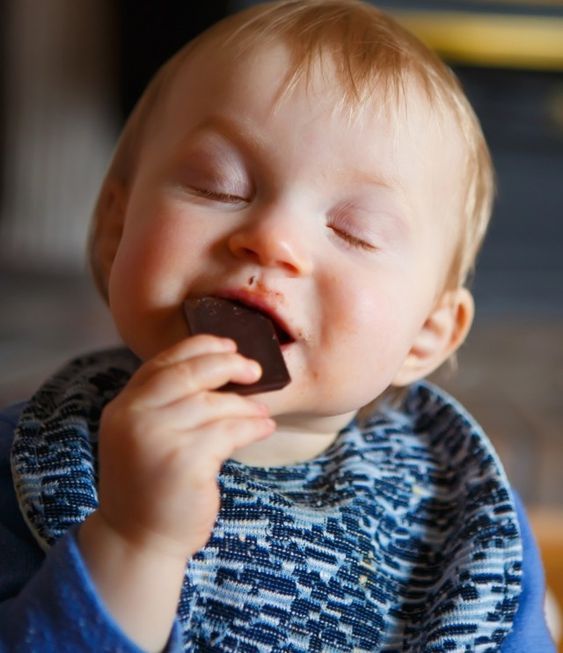
The love for chocolates starts early. Children are drawn to it for its sweetness, flavor, and texture. Parents find it handy to reward their children by awarding them with this fun treat. Media and advertising also contribute in making this delectable bite settle in the memory of the young ones. Let’s explore the origin and evolution of the “Brown Food”.
“Chocolate, chocolate, why so sweet?
A comfort in life, an exotic treat.”
The Origins of Cacao
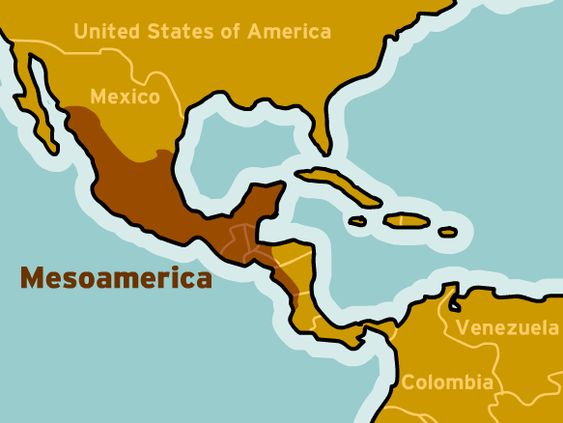
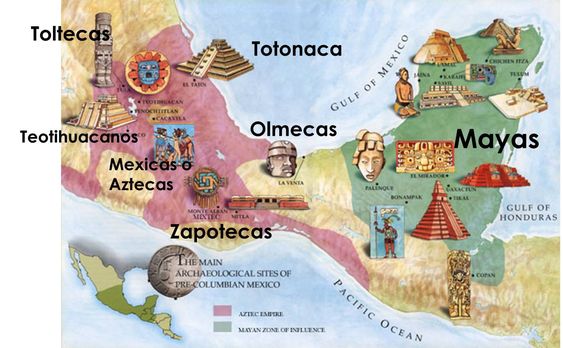
The chocolate we eat today has roots tracing back to ancient Mesoamerican civilizations such as the Olmec, Mayans and Aztecs. They consumed a form of chocolate beverage that was bitter and dark, similar to what we call dark chocolate today. It was made from ground cacao beans mixed with water, spices, and sometimes honey.
Olmec civilization (1500–400 BCE)
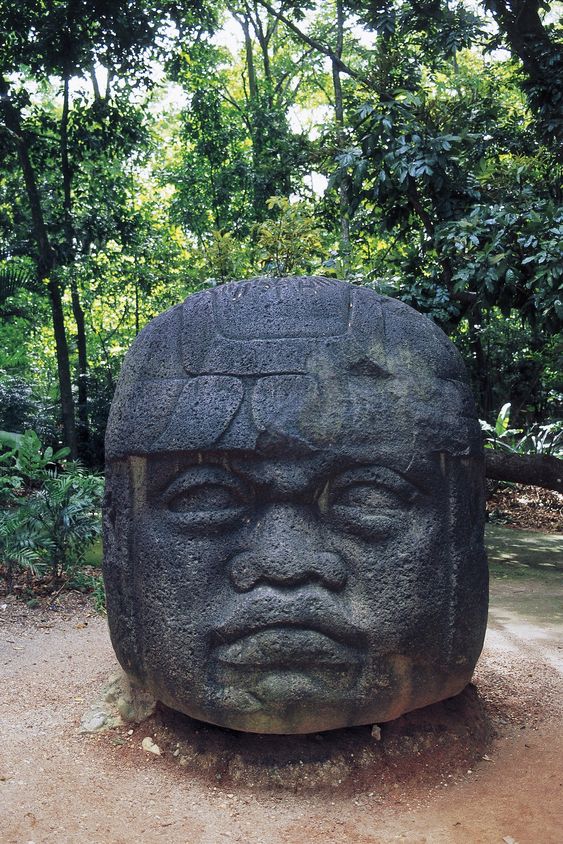
The earliest evidence of cacao use dates back to the Olmec civilization. They are believed to be the first cultivators of the cacao plant. Archaeological evidence suggests that they may have fermented the seeds to create a beverage, though this early use of cacao is not as well documented as in later civilizations. The Olmecs probably used cacao in rituals as a form of currency, setting the stage for its significance in later Mesoamerican cultures ( Mayans and Aztecs).
Mayan Civilization (250–900 CE)
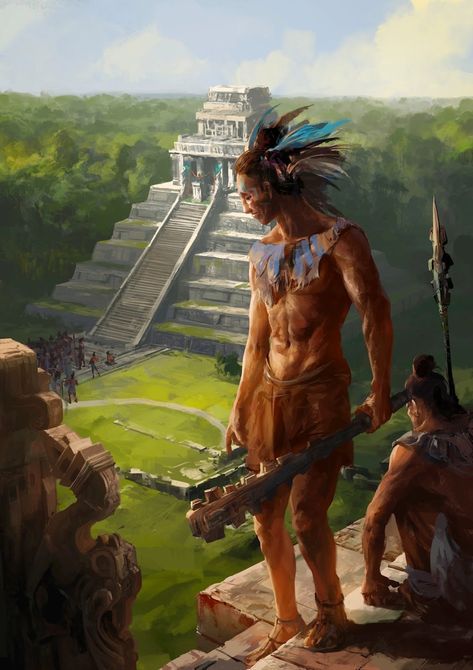
“Chocolate, chocolate, “food of gods,”
A blissful treat to defy all odds.”
The Mayans, who followed the Olmecs, took cacao cultivation to new heights. They revered cacao as a sacred gift from the gods.
They believed that cacao was a divine creation and called it “Theobroma,” which means “food of the gods.” In those days, cacao was used in religious ceremonies as an offering to the gods and the elite during important events.

The Mayans made a drink called “xocolātl,” a bitter beverage made by grinding cacao beans and mixing them with water, chili peppers, and spices. It was an essential part of their daily life and rituals.
Aztec Civilization (1345–1521 CE)
After the Olmecs and Mayans, the Aztecs, who lived in what is now central Mexico, valued cacao beans so highly that they used them as currency. For example, a turkey could be purchased for a certain number of cacao beans.
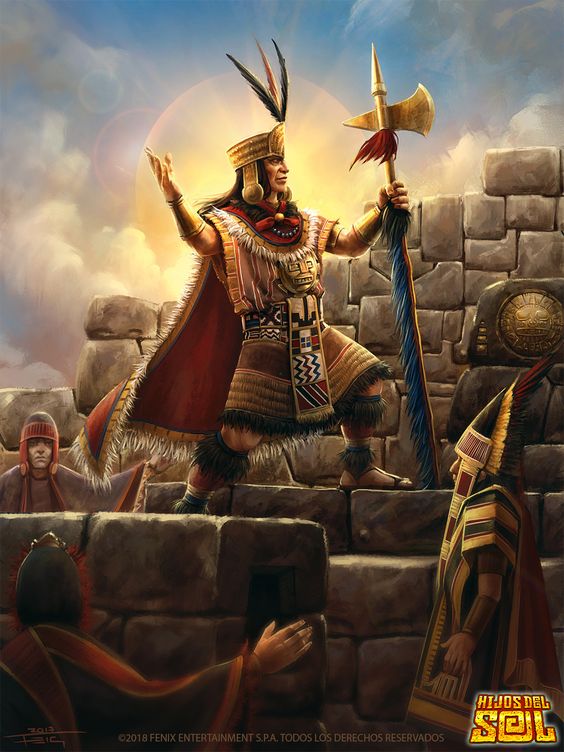
The Aztecs also associated cacao with their gods, particularly Quetzalcoatl, the god of wisdom, who, according to legend, gifted cacao to humans. Sometimes they mixed it with vanilla, honey, and sometimes blood in ritualistic practices.
The Aztec Emperor Montezuma II was famously known for drinking large quantities of “xocolātl.” This royal beverage was believed to give energy and vitality.
The Spanish Arrival (16th Century)
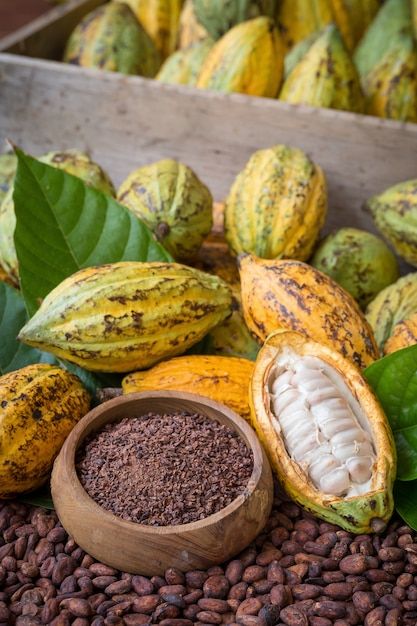
In the early 16th century, when Spanish conquistador Hernán Cortés arrived in the Americas, he encountered cacao and took cacao beans and the knowledge of how to prepare the beverage with him.
Later on in Spain, the bitter Royal beverage was sweetened with sugar and flavored with cinnamon and other spices, transforming it into the hot chocolate that became popular among the European elite. The drink eventually spread across Europe, and cacao became a luxury commodity.
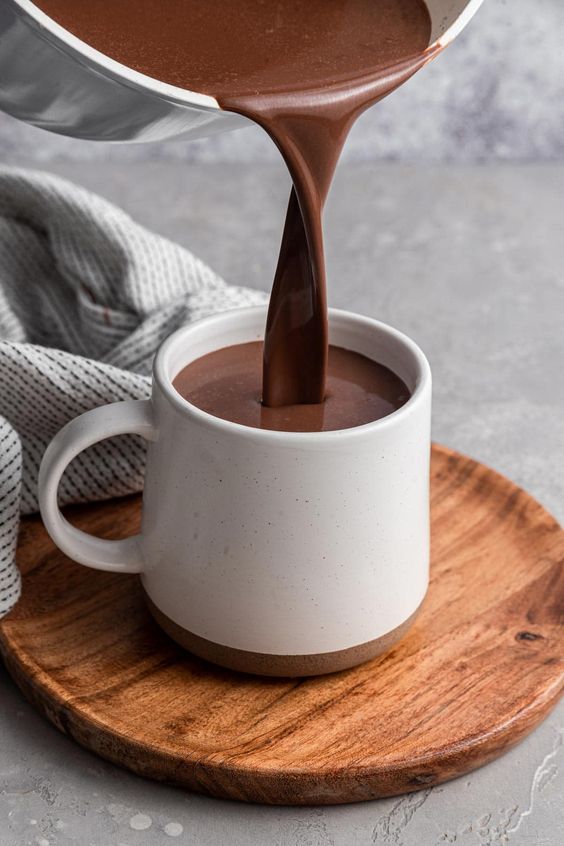
Chocolate, chocolate, a pure delight,
Rich and sweet in every bite.
A new Comfort Food: Chocolate
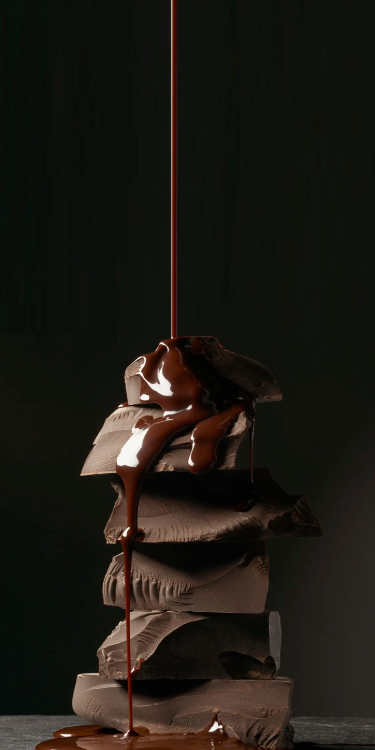
The story of cacao from Mesoamerican civilizations to Europe, and its evolution from a sacred, bitter beverage to the sweet treat we enjoy today, does not end here; today people crave chocolate for a variety of psychological, physiological, and emotional reasons:
Releases happy hormones:
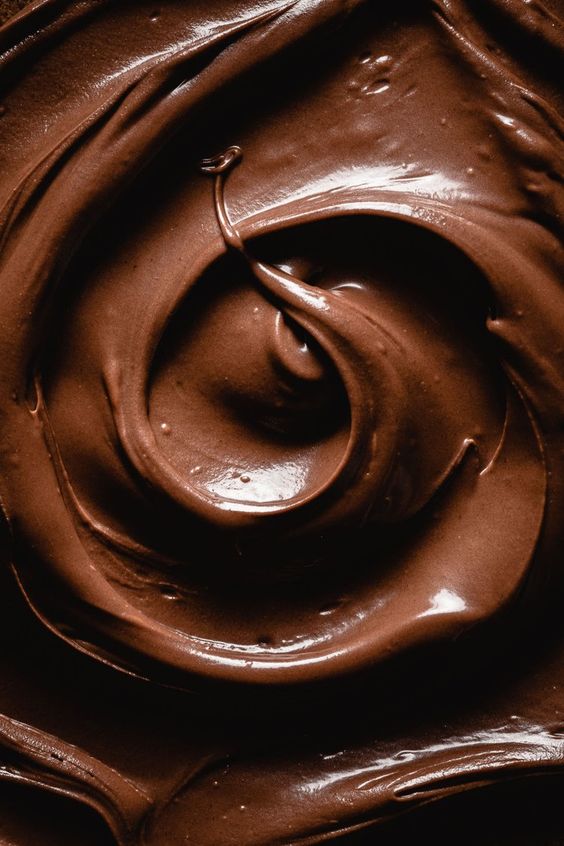
Chocolate contains compounds that stimulate the brain to release endorphins and serotonin, which are neurotransmitters associated with feelings of happiness and well-being. This “feel-good” effect is a significant reason for chocolate cravings.
Energy and Mood Booster:
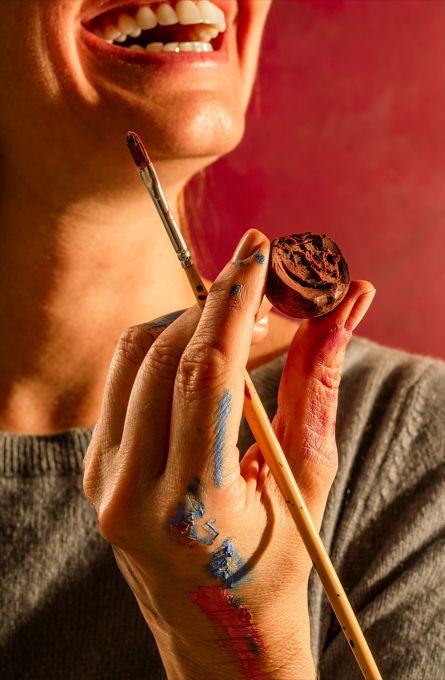
Chocolate also has stimulants such as theobromine and caffeine can provide a mild energy boost, enhancing alertness and mood, which can lead to cravings, especially when someone feels tired or sluggish.
Phenylethylamine in chocolate Known as the “love chemical,” is associated with the release of dopamine that is linked to pleasure and reward.
Many people associate chocolate with comfort, celebration, and indulgence. During times of stress, sadness, or even boredom, the brain might trigger cravings for chocolate as a form of emotional regulation or self-soothing.
Nutrient Deficiency:
Especially dark chocolate is a good source of magnesium. Some theories suggest that chocolate cravings could be the body’s way of signaling a need for more magnesium, which is involved in many physiological functions, including muscle relaxation, energy production, and mood regulation.
The rich, smooth texture and flavor of chocolate, combined with its sweet taste, creates a pleasurable sensory experience is the reason that people often crave for chocolates.

Every bite turns a world so sweet,
Chocolate’s embrace makes life complete.
Images Source: Pinterest
Read more: Swinging: The Elevated Bliss Beyond the Playground



1 thought on “The Journey of Chocolate: From a Humble beginning to Worldwide Popularity”